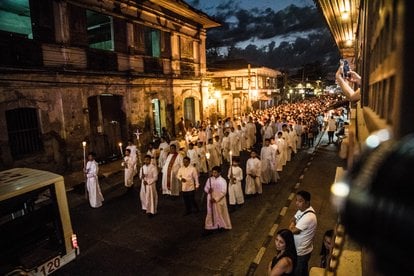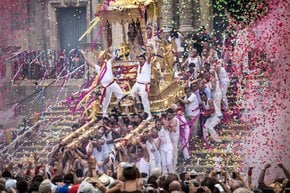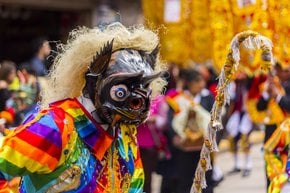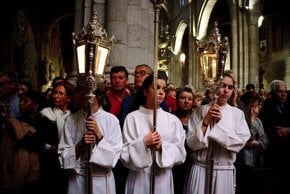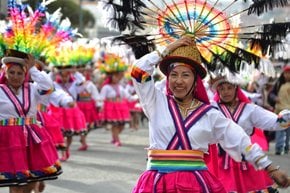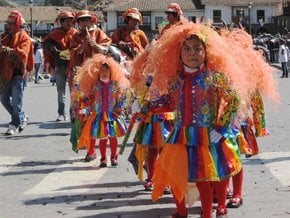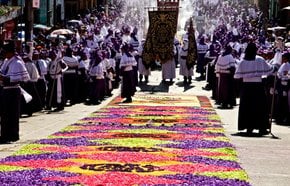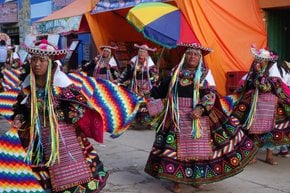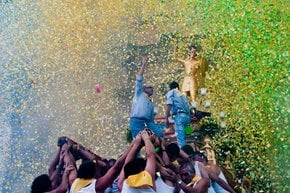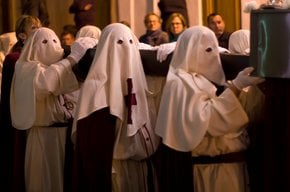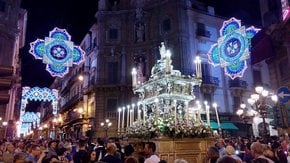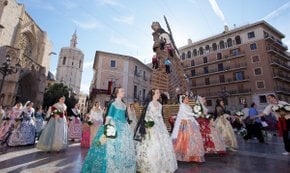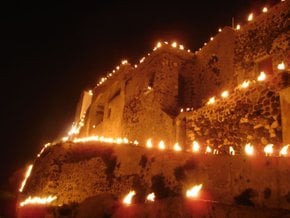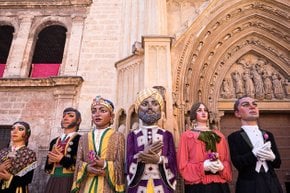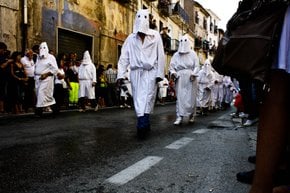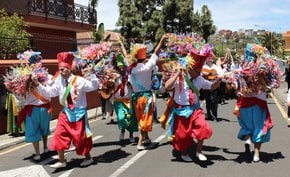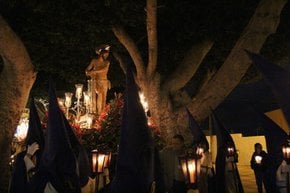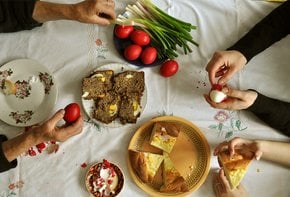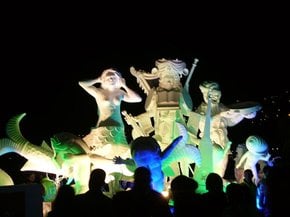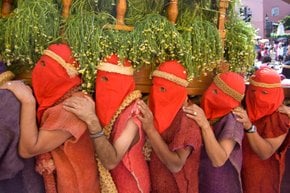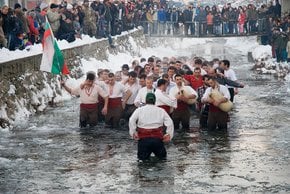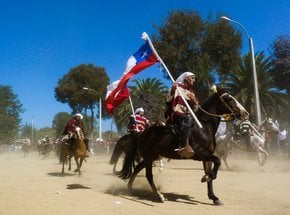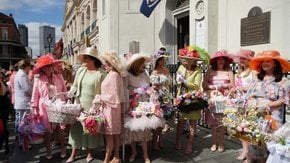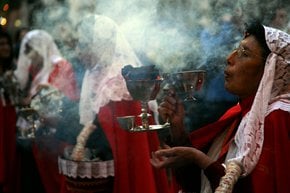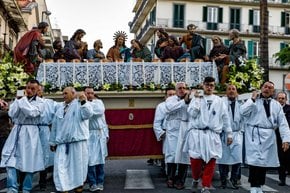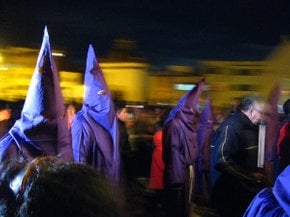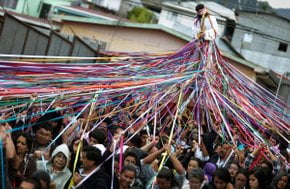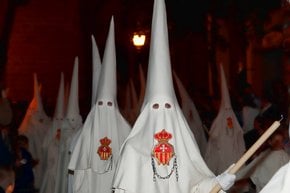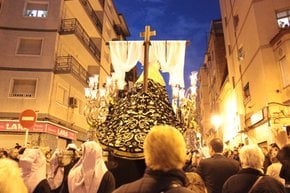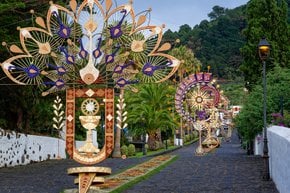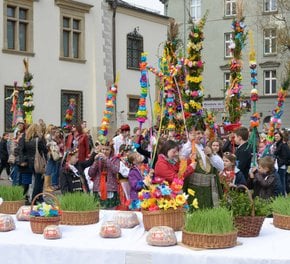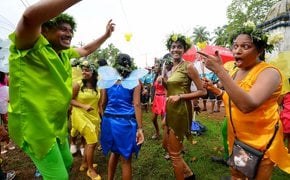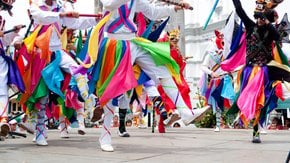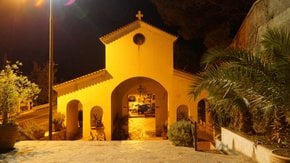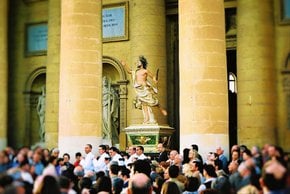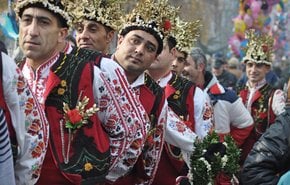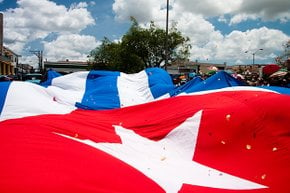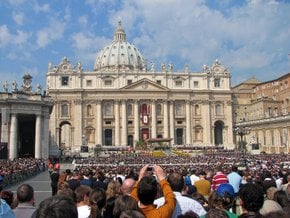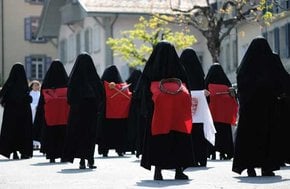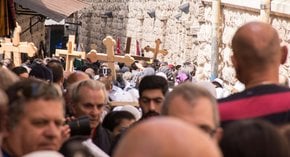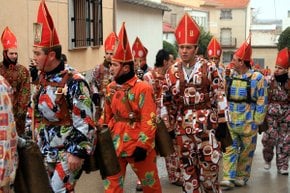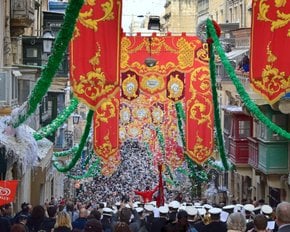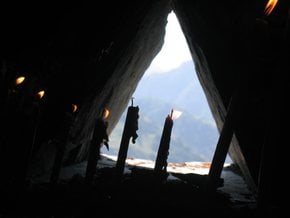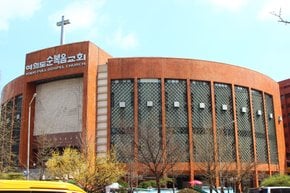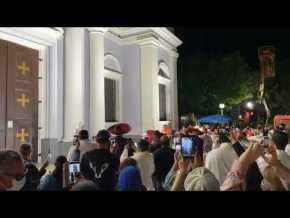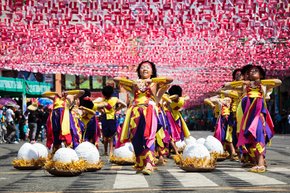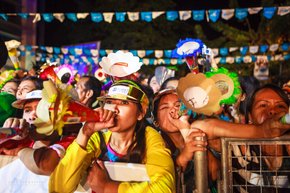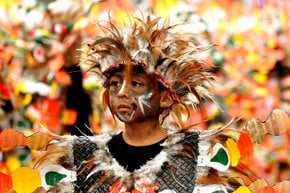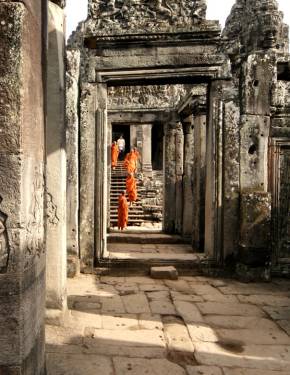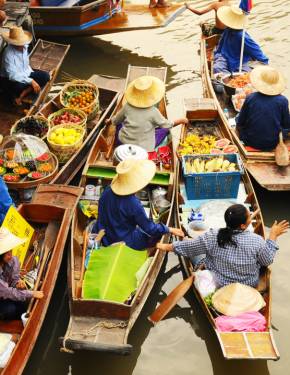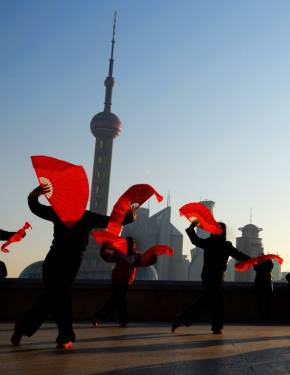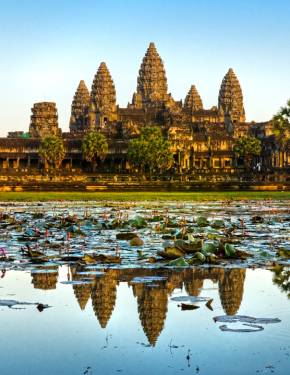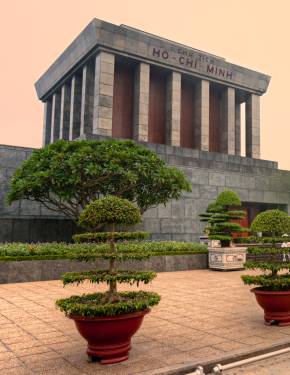Holy Week & Easter 2025 in Philippines
Numerous processions, Passion plays, and the Way of the Cross—religious traditions make it the most spectacular week
Dates: April 13–20, 2025
According to Christian tradition, the Easter celebration begins with Palm Sunday. To commemorate Jesus' entry to Jerusalem, the Philippines bring coconut palm branches to temples and get them blessed. After the Palm Sunday liturgy, people bring branches home and either attach them to the back of the main door or keep them in the corner of the room—it's supposed to protect the household from any danger.
Holy Week traditions
Senakulo
One of the most widespread traditions is Senakulo, a play about Jesus' life and passion that traditionally involves costumed actors and drama. It's performed either on a stage or on the street, often on several nights during the Holy Week. Street performances feature a statue of Christ, bearing a cross, which is paraded throughout the city. This tradition is observed in the provinces of Rizal, Bulacan, and Pampanga. In some areas, these plays involve real bloody scenes. The provinces of San Pedro Cutud, San Fernando, Pampanga, Kapitangan, Paombong, Bulacan, and Guimaras Island have the most infamous versions of Senakulo reenactments. Often, male devotees whip themselves to blood. Some are even tied and nailed to the cross to live through the sufferings of Jesus. However, such practices are discouraged by the Church.
Pabása
Another traditional devotion is Pabása. It features continuous and uninterrupted singing and reciting of Jesus' Passion. Readers usually gather in groups and chant the verses based on the Bible for three consecutive days and nights. Pabasa can be performed "a cappella" or with musical instruments, usually a guitar, a piano, or several string instruments, like a rondalla ensemble.
Holy Week processions
Holy Week processions also take a significant part in the celebrations. They occur on various days of the week. The provinces of Malolos, Bulacan, and Rizal have the largest processions on Holy Wednesday, running from 6 pm till late evening. The processions feature the statues of Jesus, the Virgin Mary, the 12 Apostles, and many other saints.
Lenten procession by Saint Augustine Church
The Lenten procession by Saint Augustine Church, Baliwag, Bulacan, is one of the largest in the country. It consists of 111 floats. Beautifully adorned dioramas depict the scenes from Jesus' Passion and death. The grand parade takes place twice a week—on Holy Wednesday and Good Friday. Floats with holy images are called carrozas. Lavishly decorated, the carriages receive blessing with holy water by local priests.
Holy Thursday traditions
Holy Thursday is marked with more pious traditions. This day commemorates the Last Supper when Jesus washed the feet of his disciples. To commemorate this, the rite of feet washing is performed in many parishes across the country. Another tradition of the day is the Visita Iglesia (visiting the churches). It's considered essential to visit seven churches.
Stations of the Cross on Good Friday
Good Friday is also marked with the dawn Stations of the Cross processions. Manila is one of the best places to observe this ceremony, but it's common among parishes in other provinces as well. The stations are usually set up in the town so that believers can walk the Way of the Cross. At 3 pm, churches call for Good Friday Service of Commemoration of the Passion. Every church across the Philippines has Pahalik, a devotion that involves kissing the image of the dead body of Jesus. Some parishes also hold the Holy Burial ceremonies, known as the Santo Entierro procession.
Black Saturday traditions
Easter Vigil, Visita Iglesia, Stations of the Cross, and confessions are all part of Black Saturday. Midnight Mass often involves outdoor fire and the blessing of the Paschal candle.
Easter Sunday
The last day of festivities is Easter Sunday. Easter is called Pasko ng Pagkabuhay or Pasko ng Muling Pagkabuhay, where Pasko in Tagalog means "Christmas", Muling—"again", and "Pagkabuhay"—"Resurrection". The main Easter day tradition is Salubong or "welcoming." It consists of two processions—men accompany the statue of the Risen Jesus, and still-sorrowful women follow the statue of the Virgin Mary until the mother and the son meet—this marks the start of the joyful celebration. Masses on Easter Day are overcrowded.
Easter egg hunts
You might wonder whether Filipinos organize Easter egg hunts—they do, right near churches and sometimes also in shopping malls. So, kids have plenty of options where to participate!

